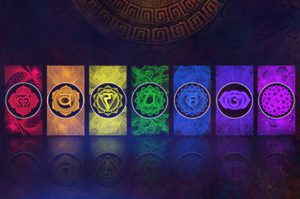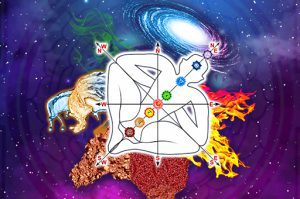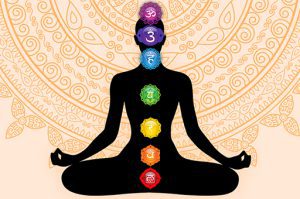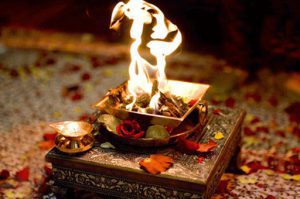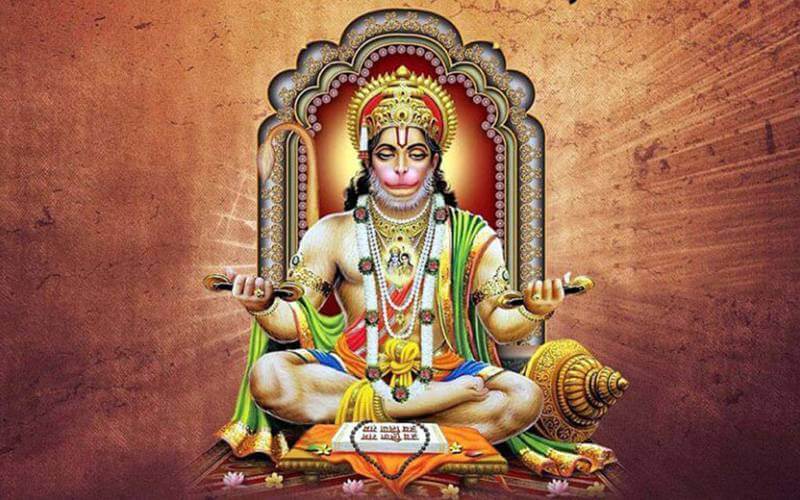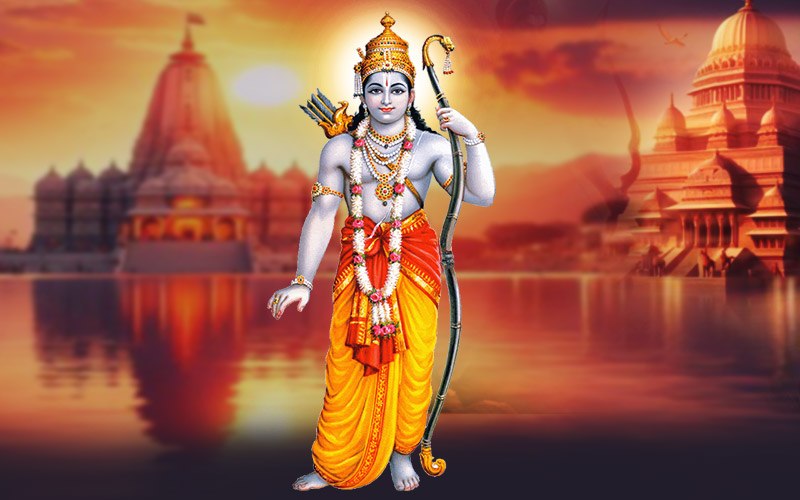
Of all the religions in the world, what makes Hinduism out of the ordinary is its deep-rooted ageless philosophies, customs, rituals and other traditional practices that emanate straight from the Vedas, the holiest books of the Hindus that propound that everything culminates into ‘spirituality’.
Another aspect of this great faith is the multitude of Gods venerated in all the ancient scriptures including the Vedas. To an eye of the monotheist, it may be peculiar as well as odd to find out the presence of so many gods in the vast ocean of Hinduism. How can there be so many gods in this faith and at the same time its followers from different sections of the same faith have communal harmony?
The answer can be discovered with an open mind that can see the bottom through the water of the oceanic body of rituals, prayers, customs and endless traditions found in this religion.
Sayings of the Rishis (sages) of India:
The ancient sages of India viewed the Universe as a vast consciousness that can be experienced in the super-conscious states of meditation. The Upanishads (‘Upa’ meaning sitting ‘near’ and ‘nishad’ meaning ‘sit down’ to hear the truths) are the sections of the Vedas that talk about these truths. And, the philosophy around it comes from the Vedanta (‘Ved’ meaning ‘to know’ and ‘Anta’ meaning ‘in the end’). So the ultimate (in the end) truths come from the Upanishads and the Vedanta.
They studied the essence of these scriptures and opined that the Ultimate Reality (the Cosmic Force that sustains everything from atom to gigantic galaxies) is called Brahman. And this Brahman being the Super Consciousness is the source of everything. It acts like all-pervading infinite ocean of consciousness from which matter and spirit (living beings) originate just like the waves rise up in the waters of a sea. The same Divine manifests in the gods, in the plants, in the animals, in the rivers, in the mountains, in the stars, in the light, in the humans, in the fire and in every element of the creation. This Brahman is the infinite Truth that pervades each and every living being and matter.
The same idea was carried on by the Medieval and the Modern Indian saints. “The whole of this universe is a peculiar form; The Absolute (God) is that ocean while you and I, and suns and stars, and everything else are various waves of that ocean.”says Swami Vivekananda.
Swami Chinmayananda says “Just as the ocean pervades all waves, just as clay pervades all pots, just as gold pervades all ornaments, so too God permeates all things.”. He continues, “The vastness of the sky, the majesty of the ocean, the grandeur of the mountains, the rumbling rivers, everything that they saw around, even the shapeless stones were to them, a rhythm, a happiness, a presence everywhere of the divine infinite Lord.” It is this ultimate Truth that manifests Himself through the various deities in the Hinduism. Those deities or gods completely depend on that Ultimate Brahman Who sustains them. He also says “Whenever they saw beauty in nature, strength in nature, power of nature, even through them all, they saw the mighty Source of all beauty, all strength and all power – the (One) Lord expressing Himself.”
Concept of many deities
It is from this truth that we understand the concept of the many deities. The secrets of the Universe are hidden in poetries and verses and coded in form of stories that are handed down from us word to mouth or in form of books. “God has made man in His own image”, so these stories like Ramayana and Mahabharata are stories of Gods themselves that hold deep truths about the nature of consciousness for the seeker.
When viewed as Brahman air, water, fire and electricity (lightening) became Vayu, Varuna, Agni and Indra. Gayatri became the spiritual light, that shines behind the physical light of the sun. He is present in the life giving waters of the Ganges. He is in the cow, who nourishes with her milk and butter. Shiva represents consciousness which is without any guna or attribute (nirguna), Krishna is His nature, Lakshmi represents true intention (Lakshya), Durga is the power within that conquers all the fears, Brahma is the thoughts that pervade all the directions, Saraswati represents knowledge with true discrimination. At the base level, we get to think and dwell about these various attributes in various times of the year. For instance, during Navratri time we think of the Goddess representing fertility and valour. During Diwali we think of Ram who represents Dharma and Power. During Chaturthi we think of the stability, solidity and bonding that Ganesh brings. And we celebrate each of those attributes in those forms. This adds variety to our life.
Achieving Brahman consciousness with the multitude of deities
Through it all, the rishis of the Vedas emphasized the profound truth that Nature is not an element separate from us, to be conquered and exploited; instead, it is One with us – an extension of our very own Self, and thus must be loved, nurtured and protected.
Apart from Worshiping the Various Elements of Nature, there is a Second Aspect from which arise the multitude of Gods and Goddesses of Hinduism
Vedanta being an extremely rational and scientific philosophy, does not demand that we blindly accept the religious doctrines as God-given and true; instead it encourages every person to seek, discover and realize the truth and God for themselves.
One of the ways to attain God-perception is through prayer, meditation and contemplation. The goal of this is to focus our minds on certain specific attributes of the Supreme, such as Love, Joy, Truth and Purity and make these qualities manifest in our inner nature.
In this way, the hard shell of the ego, which confines and separates our consciousness into a wave, is gradually chipped away, and our spirit is freed to become One with the ocean of consciousness or Brahman.
“The various Hindu Gods all exist, but not independently. Just as the seven colors exist within one ray of light, so too these various Hindu Gods exist within the Supreme, as names of his different qualities.”. “It is for this reason that the Vedas declare, “Ekam sad vipra bahudha vadanti” – God is One, whom the sages call by various names.”
– A translation from Pandit Shriram Sharma’s Hindi essay, A Look at the Controversy Over Many Gods in the Hindu Religion.
Thus in conclusion the many Gods of Hinduism are simply a creative acknowledgement of the numerous powers and manifestations of the One Supreme Consciousness. His manifestations are worshiped as the various elements of nature (jad), while His conscious powers (chetan) are worshiped in the form of different Gods and Goddesses.


